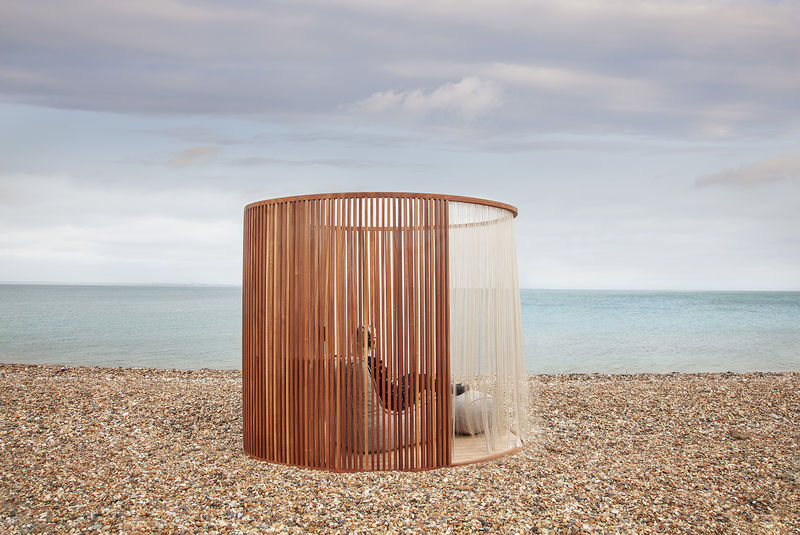The glass ceiling is dead as a concept for today’s modern career apparently. But women are still being held behind in the workplace. Here are the depressing facts why….
Ernst & Young poll of 1,000 UK working women says there are multiple barriers to career progression
The concept of a single glass ceiling is an outdated model and no longer reflects the realities of modern working life for women, according to the results of a poll released today by Ernst & Young.
The survey of 1,000 UK working women between the ages of 18 – 60, revealed that two thirds believe they faced multiple barriers throughout their careers, rather than just a single ceiling on entry to the boardroom.
Four key careers barriers throughout a woman’s career
Based on the results, Ernst & Young has identified four key barriers to career progression for today’s working women. These barriers are: age, lack of role models, motherhood, and qualifications and experience.
The professional services firm says that the barriers aren’t chronological and can be experienced at anytime; often several at once. And while they aren’t exclusive to women, it believes it is clear from the research that employers need to provide better support to help women overcome them.
British business losing best and brightest female talent
Liz Bingham, Ernst & Young’s managing partner for people, says, “The focus around gender diversity has increasingly been on representation in the boardroom and this is still very important – as members of the 30% Club we are committed to this.
“But the notion that there is a single glass-ceiling for women, as a working concept for today’s modern career, is dead. Professional working women have told us they face multiple barriers on their rise to the top. As a result, British business is losing its best and brightest female talent from the pipeline before they have even had a chance to smash the glass ceiling. We recognise that in our own business, and in others, and professional women clearly experience it – that’s what they have told us.”
Ernst & Young’s head of advisory, Harry Gaskell, agrees. He says that the barriers identified in the survey reinforce Ernst & Young’s belief that encouraging and supporting women into senior positions is a talent pipeline issue. As a result he believes that organisations need to ensure they are supporting women at every stage of their career lifecycle, not just as they are about to enter the boardroom.
Age is the biggest hurdle
Delving into the findings behind the barriers, the survey identified age – perceived as either too young or too old – as being the biggest obstacle that women face during their careers. 32% of women questioned said it had impacted on their career progression to date, with an additional 27% saying that they thought it would inhibit their progression in the future.
Most markedly it was women in the early stages of their career that seemed to be most acutely impacted – with half of all respondents between 18 and 23 saying age had been a barrier they’d already encountered in their career.
“Age is a very complex issue, especially when it’s linked to perception. It’s concerning to see that women seem to be most vulnerable during the formative stages of their careers, when they are working their way through the ranks,” says Liz.
She argues that businesses need to be aware of pervasive attitudes towards age as a barrier within organisational culture, and suggests that one way of managing this is to encourage diverse role models within an organisation, who can visibly demonstrate that age is not an inhibitor to opportunity and progression.
Exploring the experience and qualifications barrier
Barriers related to a lack of experience or qualifications also featured strongly in the survey. It was the second highest factor that had inhibited women’s careers to date (according to 22% of respondents), and the third highest factor cited as a future inhibitor (19%).
Reflecting on the results, Harry says, “Women, and men, often need to give themselves more credit for the experiences and expertise that they have, while businesses need to look past the piece of paper.
“There is acknowledgement that high academic performance is still part of selection criteria in some organisations, especially at graduate level – and there is a wider issue here about fostering social mobility. But much greater value is being placed today on non-academic achievement and on diversity of experience and perspectives.”
The impact the experience of motherhood can have…
The impact of becoming a mother on a career is well rehearsed and therefore it was unsurprising, if disappointing, that this was identified as a key barrier. Nearly one in five (19%) of those questioned said it had impacted on their career to date. While a further 25% said they thought it was the second biggest inhibitor to their future careers, after age.
Liz says, “I think the only way that organisations can really tackle this is through positive intervention. This includes the provision of supportive programmes that help women to transition back into work after maternity leave and empowers them to take control of their careers and make informed choices.”
Ernst & Young has trail blazed a number of initiatives for working mothers aimed at increasing retention levels and ensuring that women feel supported through-out their career life-cycles. This includes a maternity coaching scheme providing one-to-one counsel with a consultant before, during and after maternity leave.
“Coaching schemes are very valuable,” says Harry. “But I also think there’s an important part that can be played by women role modelling their success and demonstrating by example how they balance the demands of home and work life.”
The value of role models
Three out of four (75%) of those questioned said that they have few or no female role models within their organisations. With some respondents (8%) going as far to say that a lack of role models had had a detrimental impact on their career to date. And therefore role models were identified as one of the four barriers.
Liz says that a lack of role models was a consistent theme across all the age groups polled. “I was really surprised and concerned by these findings. From my own experience I have seen how good role models can have a transformational impact on an individual or team.
“I think one of the big problems is the misconception that you have to be perfect in order to be a role model. Whereas in reality we all have skills, attributes or experiences that would be valuable to share with others.”
But it’s not just down to business…
Ernst & Young says that managing these four barriers is about personal responsibility, appropriate and targeted support from business and positive government intervention.
When respondents were asked to identify what three things their organisations could do to remove these barriers, or better support women’s career progression, the top answers were:
* More support after returning to work from having children (32%)
* More support at every stage of my career lifecycle (24%)
* More visible female role models (19%)
When asked the same question in relation to what government could do, they said:
* Enforcing companies to reveal the ‘pay gap’ between men and women (45%)
* Affordable child-care/ tax relief for childcare (43%)
* Policy guidance on flexible working for UK businesses (28%)
Harry concludes, “Gender diversity transcends the responsibility of government, business and individuals. There is no quick fix or magic bullet; it will take a combined effort, but the focus has to be on the talent pipeline rather than just on the boardroom.
“Positive interventions can work. But we think one of the most fundamental aspects of managing barriers is role models – for people to actively demonstrate that barriers can be over-come. If we can get this right, then perhaps the other barriers will become more manageable and less marked over time.”
 “Meditation is bringing the mind home” – Sagyal Rinpoche The Tibetan Book of Living and Dying
“Meditation is bringing the mind home” – Sagyal Rinpoche The Tibetan Book of Living and Dying
